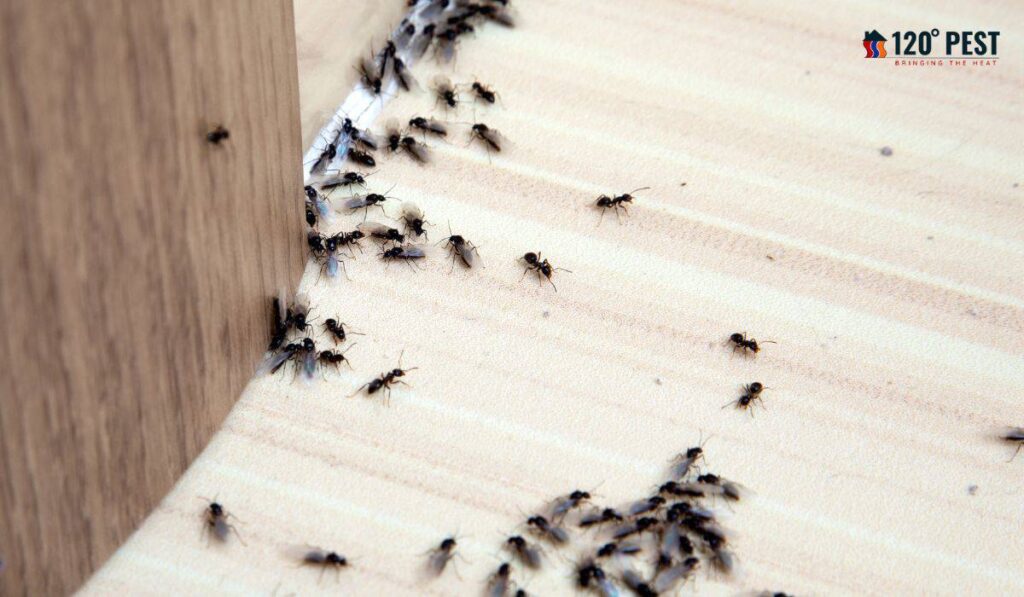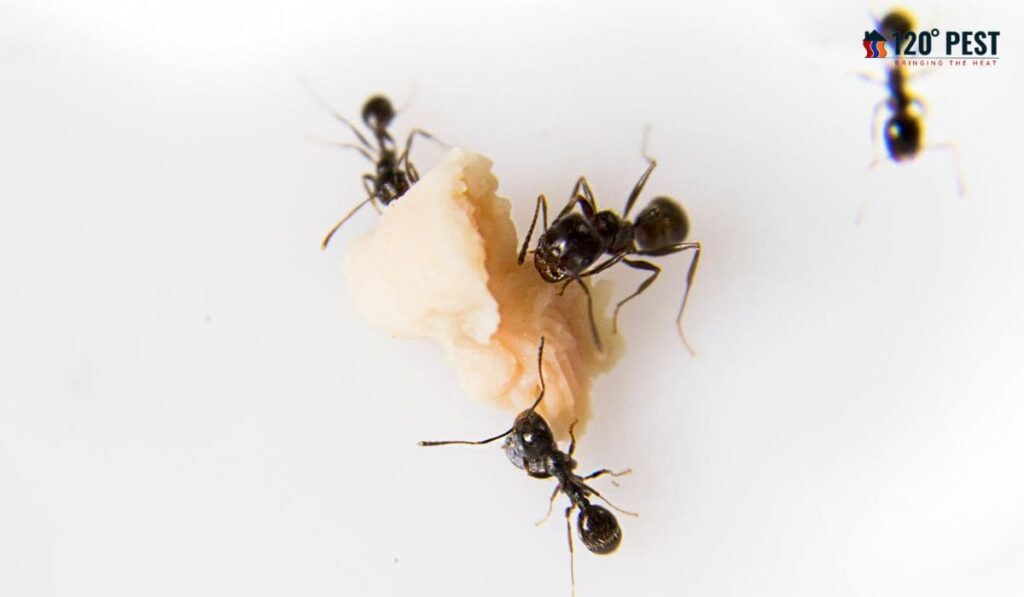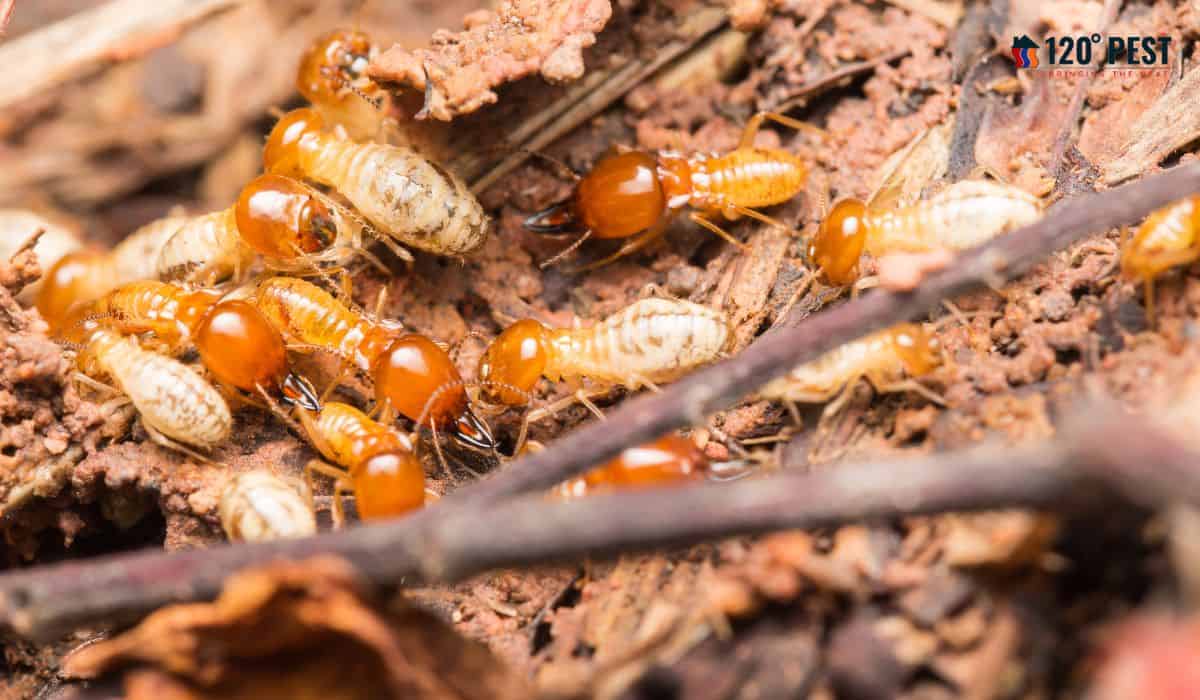Pests can pose significant challenges to our homes, gardens, and the environment at large.
Traditional methods of pest control often involve the use of chemicals that can harm not only the pests but also beneficial organisms and the ecosystem as a whole.
This has led to a growing interest in natural resources pest control—an approach that emphasizes sustainability and harmony with nature.
In this article, we will explore the principles of natural resources pest control and its benefits for both our surroundings and our well-being.
Understanding Natural Resources Pest Control
Natural resources pest control is an approach rooted in the understanding that ecosystems thrive when a delicate balance is maintained.
Instead of relying solely on chemical interventions, this method harnesses the power of nature to manage pest populations and prevent their overgrowth.
By working with nature rather than against it, we can foster healthier environments while effectively managing pests.
Methods of Natural Pest Control
- Biological Control: Introducing natural predators or parasites that target specific pests, helping to naturally reduce their numbers.
- Cultural Practices: Implementing techniques like crop rotation, proper spacing, and timing of planting to minimize pest infestations.
- Mechanical Control: Using physical barriers, traps, and barriers to deter pests from accessing plants and crops.
- Habitat Manipulation: Creating environments that attract beneficial insects, birds, and other organisms that naturally keep pest populations in check.
Benefits of Natural Resources Pest Control
Adopting natural resources pest control offers numerous advantages:
- Reduced Environmental Impact: Chemical pesticides can harm non-target organisms and disrupt ecosystems.
Natural methods minimize such risks. - Preservation of Beneficial Organisms: Natural predators and pollinators are safeguarded, contributing to a healthier ecosystem.
- Long-Term Effectiveness: Natural control methods promote sustainable, self-regulating pest management over time.

Implementing Natural Pest Control at Home
Integrated Pest Management (IPM) strategies involve regular monitoring, correctly identifying pests, and employing appropriate natural control methods.
Planting pest-repelling plants like marigolds and maintaining biodiversity in your garden are effective measures.
Challenges and Considerations
Natural pest control requires patience, as it may take time to see results.
Understanding your local ecosystem’s intricacies is crucial for successful implementation.
Regular monitoring and adaptation are key to addressing changing pest dynamics.
Natural Resources Pest Control in Agriculture
Sustainable farming practices embrace natural resources pest control.
Techniques like crop rotation, companion planting, and the use of cover crops can help manage pests without compromising soil health.
Community and Global Initiatives
Promoting awareness about natural resources pest control and educating communities about its benefits can drive positive change.
Supporting initiatives that encourage sustainable practices can lead to widespread adoption.
Conclusion
Natural resources pest control embodies a harmonious coexistence with the environment.
By harnessing the intricate balance of ecosystems, we can manage pests effectively while minimizing harm to the natural world.
From our gardens to vast agricultural landscapes, this approach holds the promise of a healthier planet for current and future generations.
Embracing natural resources pest control is not just a choice; it’s a step towards a sustainable and thriving world.
FAQs
Is natural resources pest control more time-consuming than chemical methods?
Natural resources pest control may require more initial effort, such as setting up habitats for beneficial organisms, but its long-term benefits can outweigh the extra time invested.
Can I still use natural methods if I have a severe pest infestation?
Yes, natural methods can still be effective, but it might take time to restore the natural balance in the ecosystem. In extreme cases, seeking professional advice is recommended.
What are some examples of beneficial insects for pest control?
Ladybugs, lacewings, and parasitic wasps are examples of beneficial insects that prey on pests. These insects can help naturally regulate pest populations.

Do natural resources pest control methods require less maintenance than chemical treatments?
While natural methods can require ongoing maintenance, they often lead to more sustainable and self-regulating systems, reducing the need for constant interventions.
Can I use natural resources pest control in a greenhouse or indoor garden?
Yes, natural methods can be adapted to controlled environments like greenhouses. Introducing beneficial insects and using natural repellents are common practices.
Are there any potential risks associated with introducing beneficial insects?
Introducing non-native beneficial insects could disrupt local ecosystems. It’s important to consult experts and use native species when possible.
Can companion planting effectively prevent all types of pest infestations?
Companion planting can deter certain pests, but it might not be a foolproof solution for all types of infestations. It’s best used in combination with other methods.
How can I create habitats for beneficial organisms in my garden?
Providing shelter, water sources, and diverse plant life can attract beneficial insects and animals to your garden, enhancing natural pest control.
Are there any downsides to using chemical pesticides?
Chemical pesticides can harm non-target species, lead to pesticide resistance, and contribute to environmental pollution. They might also require repeated applications.
Can natural resources pest control contribute to better soil health?
Yes, natural methods often involve practices that promote soil health, such as using organic matter, cover crops, and reduced chemical inputs.
Can I switch from chemical pest control to natural methods mid-season?
Yes, you can transition to natural methods, but it’s essential to do so gradually to avoid causing disruptions in the ecosystem and potentially creating new imbalances.
Are there any government or local initiatives that support natural resources pest control?
Many regions have programs and resources that promote sustainable and natural pest control methods. Check with local agricultural or environmental authorities for information.
Do natural resources pest control methods require less financial investment than chemical approaches?
Natural methods might require initial investments in materials and education, but they can lead to long-term cost savings due to reduced chemical purchases and lower environmental impacts.
Can natural pest control methods attract more wildlife to my garden?
Yes, natural habitats and diverse plant life often attract a variety of wildlife that contributes to the overall health of your garden ecosystem.
Do natural resources pest control methods work equally well for large-scale agriculture?
Natural methods can be adapted to large-scale agriculture, but they might require careful planning and coordination to achieve effective pest management while maintaining productivity.




